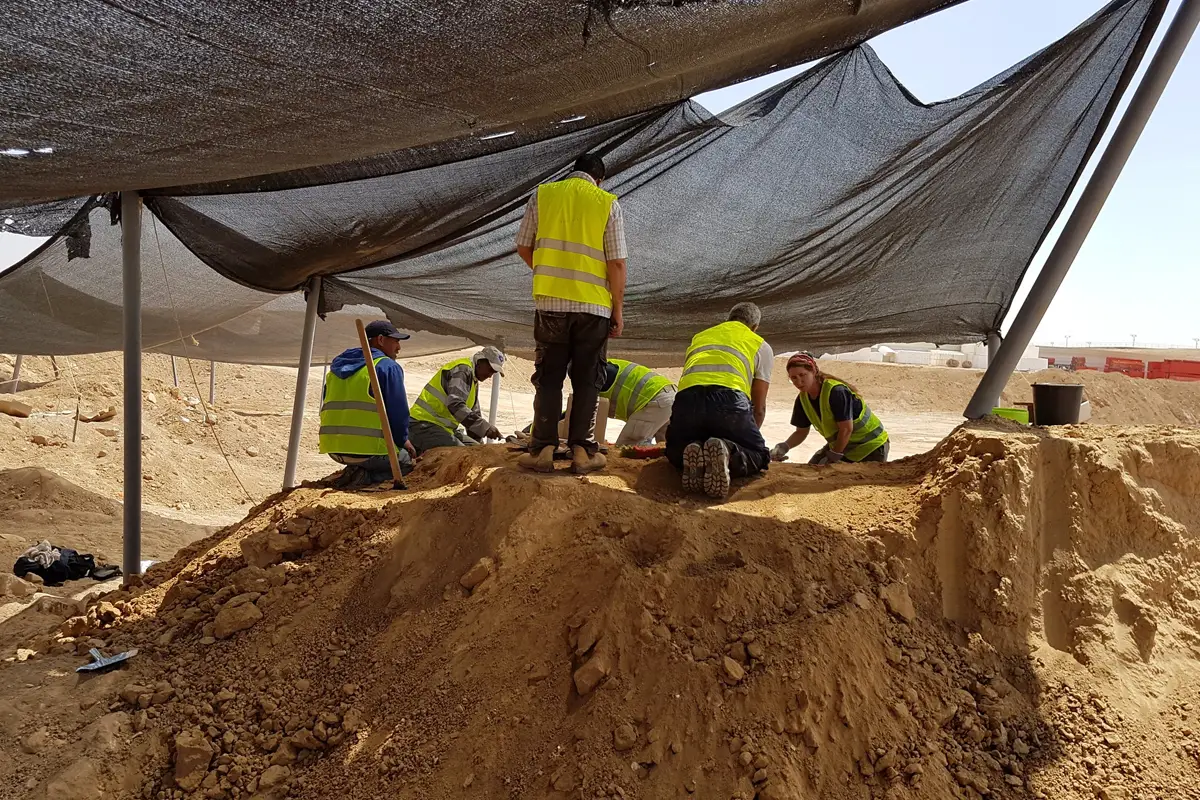Archaeologists from the Israel Antiquities Authority and Cologne University have made an unexpected discovery in Israel’s Negev Desert: carved figurines with apparent African origins.
The figurines were uncovered during excavations at Tel Malhata, an elliptical-shaped mound located in the eastern sector of the Arad–Beer-sheba Valley.
The site is often identified as Moladah, the biblical town of Simeon, and one of the cities of Judah (although other identifications have been suggested). Previous excavations at the Tel have found occupational layers dating from the Middle Bronze Age to the Byzantine period.
According to a study published in ‘Atiqot – Publications of the Israel Antiquities Authority, archaeologists found a total of five figurines made from ebony wood (Ceylon ebony), native to southern India and Sri Lanka.
The study authors have made the generalisation that the figurines have “distinctive African facial features”, depicting both the upper male and female forms wearing headwear. They were found in Christian burials from the early 6th century AD, along with glassware, stone and alabaster jewellery, and bronze bracelets.

It is possible that the figurines served as ancestral objects, passed down through generations to convey a story of identity, tradition, and memory. A hole drilled into the headwear indicates that they were worn as both decorative and symbolic items – even after the adoption of Christianity.
During the Roman-Byzantine period, Tel Malhata served as a central road intersection, where traders from South Arabia, India and Africa passed. “African figurines in local Christian graves is a rare discovery, deepening our understanding of the cultural diversity among the country’s inhabitants of the region about 1,500 years ago,” said the Israel Antiquities Authority.
According to Eli Escuzido, director of the Antiquities Authority: “The findings are exciting not only archaeologically, but also humanly. This is a reminder that the land of Israel has always been a place of meeting between cultures and nations – humans came here, immersed in the local population, but at the same time, still carried with them tradition and faith from afar.
Header Image Credit : IAA
Sources : Israel Antiquities Authority

